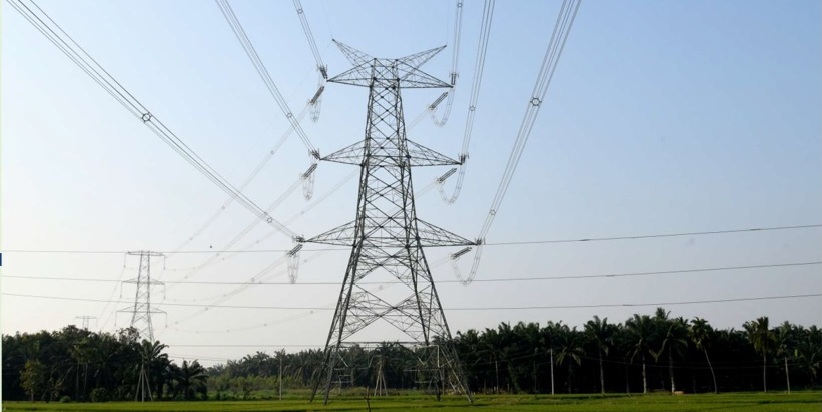The official target for transmission line addition in FY24 represents a 13.5 per cent growth over the actual achievement in FY23. However, the comparable growth in the case of transformation capacity (substations) is much lower at 2.9 per cent.
According to official documents newly released by Central Electricity Authority (CEA), India is expected to see addition of 16,602 ckm in FY24, up 13.5 per cent over the 14,625 ckm actually added in FY23.
In the case of substation capacity, the projected addition for FY24 is 78,109 MVA that would be 2.9 per cent higher than the 75,902 MVA achieved in FY23.
It may be mentioned that in FY23, the quantum of substation capacity added was in fact lower than in FY22. In this reckoning, the transformation capacity addition envisaged in FY24, despite being 2.9 per cent higher than in FY23, would still be lower by 1.1 per cent than the FY22 achievement. (See table).
Here are some highlights of the transmission infrastructure capacity addition programme for FY24:
- Bulk of the transmission line addition envisaged in FY24 is expected to come from 400kV lines. Such lines – amounting to 7236 ckm — are expected to account for 44.1 per of the total transmission line addition in FY24, as against a much lower 25.8 per cent in FY23.
- Around 12.5 per cent of the total transmission line addition in FY24 will come from 765kV lines. This would be slightly better than the actual share of 11.3 per cent of such lines in FY23. It may be mentioned that FY22 was by far the best year for 765kV lines with the addition quantum standing at an impressive 4,933 ckm. This addition was higher than even that of 400kV lines.
- In FY22, 765kV lines accounted for 33.1 per cent of the total transmission line addition. To put the FY22 performance of 765kV lines in perspective. The achievement in FY22 exceeds the actual addition in FY23 and the anticipated addition in FY24, put together.
- Most of the transmission line addition in FY23 – around 62.9 per cent – had come from 220kV lines, with the actual addition standing at a significant 9,198 ckm. In FY24, a much lower 43.4 per cent (or 7,200 ckm) is projected to come from 220kV lines.
- State utilities are expected to contribute nearly two-thirds (66.3 per cent) of the aggregate network of new transmission lines in FY24. This share would be higher than the comparable 46.6 per cent in FY23 and 60 per cent in FY22.
- No HVDC lines have been envisaged in FY24 – reflecting the same situation witnessed in both FY23 and FY22.
- In terms of substation capacity addition in FY24, around 27 per cent will come from the 765kV type while 41 per cent will be accounted for by the 400kV class. The 220kV category will have a 32 per cent share in total new substation capacity envisaged in F24. These voltage class-wise shares are more or less in tune with those in FY23.
- State government utilities are expected to contribute 56.6 per cent to the total substation capacity envisaged in FY24. In physical terms, their projected addition would be 44,199 MVA.
- Private sector entities are expected to build 10,320 MVA of new substation capacity in FY24. This would be significantly better than their rather poor contribution of 1,000 MVA in FY22 and 5,000 MVA in FY23.

